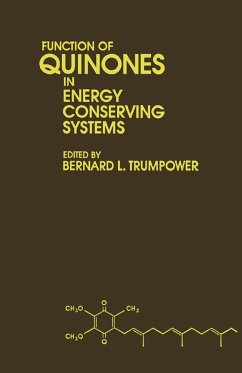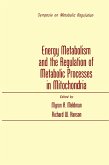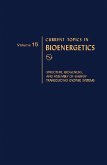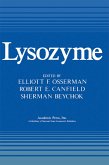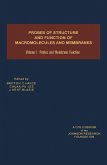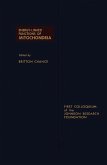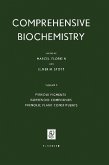The opening part discusses the progression and status of research on ubiquinone proteins in mitochondria. This topic is followed by discussions on the electrochemical and spectral properties of quinones and semiquinones, as well as on a model for quinone-cytochrome electron-transfer reactions, with an emphasis on the derived kinetic advantages from altering the ubiquinol ionizability. The third part describes the properties and possible function of the quinone pool and the relationship and possible exchange between bulk phase and bound quinone. The subsequent parts look into the possible function of thermodynamically stable semiquinones and quinone binding proteins in mitochondria and photosynthetic systems. These parts also explore the application of inhibitory analogs and photoactivatable derivatives to identify the proteins that may interact directly with quinones. This text further discusses the function of plastoquinone in the photosynthetic reaction centers and the b-f complex. The concluding part examines the pathways of electron transfer in energy transducing membranes, with a particular emphasis on protonmotive mechanisms of quinone function.
This book will be of value to biologists, researchers, and biology teachers and students.
Dieser Download kann aus rechtlichen Gründen nur mit Rechnungsadresse in A, B, BG, CY, CZ, D, DK, EW, E, FIN, F, GR, HR, H, IRL, I, LT, L, LR, M, NL, PL, P, R, S, SLO, SK ausgeliefert werden.

